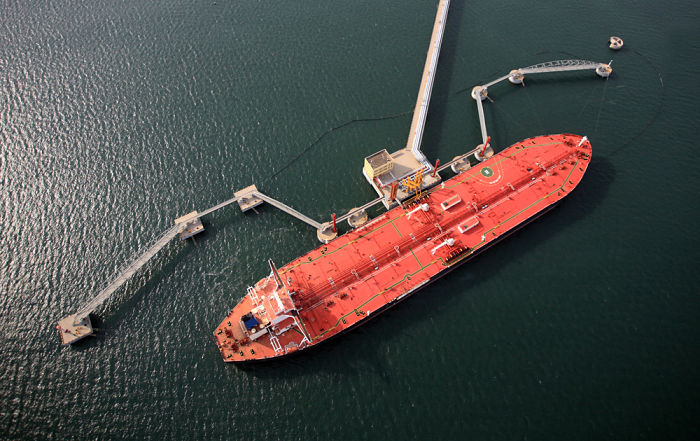Recently someone asked me this question as to why there are very few new ULCCs? Why most of the ULCCs were built in 70s ? I considered the question to be a topic of one of my blog. This blog is the answer to that question.
Well generally speaking the decision of ordering a particular size of a ship depends upon
1) Technological advancement or feasibility and
2) Economical viability.
There are no problems technologically to build largest crude oil tanker of the world never built but the question is “would it be economically viable?” and the answer is NO.
The economical viability is again dependent on
1) Costs related to transporting a cargo on a route
2) The demand of the cargo
A model of estimated costs to transport per tonne cargo developed from the Evans & Marlow’s model of maritime economics revealed, “ As the route length increases, the larger ships will have lower costs in transporting a unit cargo and there is optimum ship size for a route length”. So for to and fro route length of say 2000 mile, a VLCC would not be an economically viable option but for to and fro route length of 20000 miles, 180000 DWT tanker would be an ideal option.
Another factor that affects the ship size is the demand of the cargo and the ships to carry that cargo (Shipping is a derived demand). The unit costs I talked about earlier is based upon the assumption that ships will be fully laden in the voyage but if the demand is less and bigger ships move with half full, the inventory costs will offset the low unit cost of the larger ships on longer routes and hence if the demand is low, the ship size need to be smaller.
The demand in shipping is measured in tonne miles, which is equal to tonne of cargo carried, multiplied by the distance to cover in nautical miles.
Now to answer the question specifically, why the largest tankers were built in 70s. What is special event related to shipping in that era? The answer is closure of Suez Canal following Arab Israel war that forced the ships to route via cape of good hopes for transporting the crude oil from gulf to Europe and North America. This increased the shipping demand in terms of tonne mile as the distance increased. There was huge shortage of the tankers and crude oil prices skyrocketed. This was ideal time for the ship owners to order bigger and bigger ships as these ships could be employed on longest routes in a time with huge demand. This greed however later led to the biggest recession of the shipping industry in 80s because of over supply of the ships.
Food for thought: can you think how the discovery of shale gas in USA will affect the demand of crude oil in tonne mile and what effect this can have on the average size of the crude oil tankers in near future?
Share this:

About Capt Rajeev Jassal
Capt. Rajeev Jassal has sailed for over 24 years mainly on crude oil, product and chemical tankers. He holds MBA in shipping & Logistics degree from London. He has done extensive research on quantitatively measuring Safety culture onboard and safety climate ashore which he believes is the most important element for safer shipping.
Search Blog
4 Comments


Nice blog

Great article sir..thanks alot

Loved your blog. Are you still working on such information & stuff related to crude oil etc or not ? Need to ask something .
Leave Comment
More things to do on myseatime

MySeaTime Blogs
Learn the difficult concepts of sailing described in a easy and story-telling way. These detailed and well researched articles provides value reading for all ranks.

Seafarers Question Answers
Ask or answer a question on this forum. Knowledge dies if it remains in our head. Share your knowledge by writing answers to the question

MySeaTime Podcast
This podcast on the maritime matters will provide value to the listeners. Short, crisp and full of value. Stay tuned for this section.


Thanks for sharing this information capt.